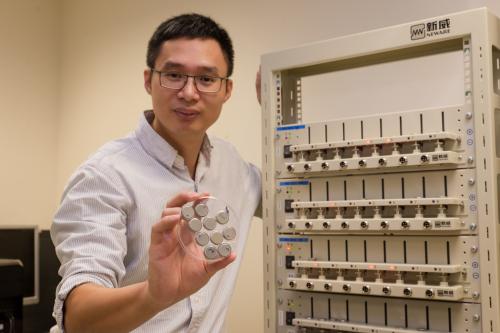A team of scientists from Singapore have developed a new lithium-ion battery that can be recharged by up to 70 per cent in only two minutes – a breakthrough that will allow electric vehicles to charge 20 times faster than the current technology.
Phys.org reports that the breakthrough came when the team from Nanyang Technological University (NTU) replaced the graphite traditionally used for the anode (negative pole) in lithium-ion batteries with a new gel material made from titanium dioxide – an abundant, cheap and safe material found in soil.

The scientists discovered a simple method to turn the naturally spherically shaped titanium dioxide particles into nanotubes with a diameter one thousand times thinner than that of a human hair – the nanostructure then helps speeds up the chemical reactions taking place in the new battery, allowing for superfast charging.
The battery will also have a longer lifespan of over 20 years, meaning it can endure more than 10,000 charging cycles – 20 times more than the current battery standard of 500 cycles.
Invented by Associate Professor Chen Xiaodong from NTU’s School of Materials Science and Engineering, the science behind the formation of the new titanium dioxide gel was published in the latest issue of Advanced Materials.
And it’s big news for the electric vehicle industry, improving on charging time 20-fold and doing away with frequent battery replacements.
NTU professor Rachid Yazami, who was the co-inventor of the lithium-graphite anode 34 years ago that is used in most lithium-ion batteries today, said Prof Chen’s invention is the next big leap in battery technology.”While the cost of lithium-ion batteries has been significantly reduced and its performance improved since Sony commercialised it in 1991, the market is fast expanding towards new applications in electric mobility and energy storage,” he said.






